DTY or Drawn Textured Yarn mostly offers the Polyester version. The Polyester POY (Partially Oriented Yarn) process manufactures the DTY. With the use of advanced technology, Polyester DTY gets obtained in several colors. The production of Drawn Textured Yarn is now worldwide popular starting from China, Taiwan to India, Indonesia, and Malaysia. By ensuring a low moisture content, the DTY replaces cotton and cotton-blend yarns.
Table Of Contents
What is Drawn Textured Yarn?
Drawn textured yarn or Polyester DTY refers to the yarn that develops a texture through twisting and drawing. Also, the Polyester DTY uses heat and follows the process of thermosetting and de-twisting at the same time.
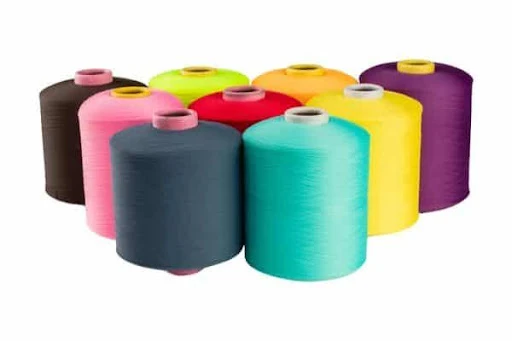
The entire process disperses and curls the filaments to compose the POY yarn. The POY yarn provides DTY with a fluffy appearance, maintaining both the properties of natural and synthetic fiber.
Depending on the requirements, the requirements of machines, and applications, DTY gets intermingled at different levels. There are also some Non-Intermingle (NIM), semi, and high-intermingles based on the knots per meter. Drawn Textured Yarn is available in 3 clusters, including the Full-Dull, Semi-Dull, Bright, and Trilobal Bright.
Types of Textured Yarns
- Mélange: Double blend and color combined
- Lycra: It is a durable and resistant synthetic fiber. The main application is in the clothing industry.
- The twisted Polyester Filament: Maintaining denier variety and twist.
Types of Drawn Textured Yarns
Intermingle thread is produced in 3 types. They are:
- Simple
- Intermingle
- Comingle
This intermingled thread gets used in making sofa fabric, shirts, worsted, suits, curtains, prayer carpets, and other industrial usages.
Polyester DTY Microfilament
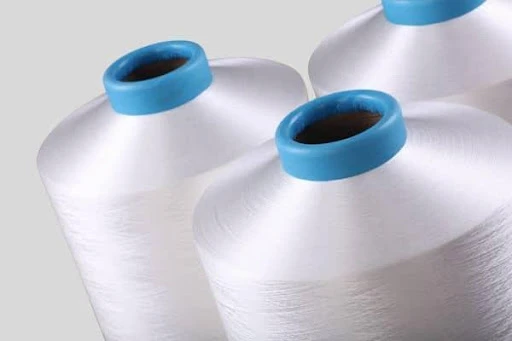
If we compare the DTY with other textured yarns, we find that DTY microfilament has a better filament range of numbers. Its filament measure is less than 1 denier. Even, the filaments are finer and soft to handle. There are other features. For instances:
- Declines the flexural yarn resistance
- Increments the fabric flexibility
- Has excellent water absorption
- Causes appropriate yarn color ability
- Has balanced sweat absorption.
What is Drawn Textured Yarn Made of?
Drawn-textured yarns are air-textured yarns because an air jet produces the texturizing on the yarn. It needs a method that is mechanical. Polyester Drawn Textured Yarn offers a range of colors by using dope-dyed technology. Also, there is a conventional dyeing process. However, the dope-dyed DTY is packed on paper bobbins.
Meanwhile, the raw white has drawn textured yarn. Polyester DTY has been processed in introducing durable crimps twists, loops. Here, the yarns made from thermoplastic materials get textured by the heat setting in a twisting condition. The end outcome of polyester DTY is greater bulkiness, higher stretchability, and pleasing aesthetics.
DTY Manufacturing Process
As we have said before, in the air-jet texturing process, there is a production of bulked yarns made by a cold air stream and low extensibility. Here, the texturing process produces permanent distortions, loops, crimps, crinkles, and coils. These all happen on the yarns without the destruction of the continuity of the essential filament. This method has several benefits. They are:
- Improves the yarn textures
- Delivers a soft and woolly feel.
- Increases the warmth of the yarn
- Comforts the fabrics
Other than these, in this method, the loops and crimps can entrap a multitude of small air pockets. These air pockets prevent air movement through the fibers.
The technical properties of DTY are moldable in several ways. Making the yarn set for a distinct use, A heater DTY is woolly and stretchier compared to other heated DTY. Cationic DTY is one of the variants of Polyester DTY. They get used to making blankets.
Texturizing Process of DTY Yarn
Drawn Textured Yarn is a fully drawn and oriented polyester yarn that is multi-filament based. The yarn has a soft crimp, high bulk, and texture with the accuracy of a cotton feel. The yarn has high durability. Also, it has the retention properties. Texturizing, the set of activities, requires artificial fibers- polyester, nylon, acrylic, etc.
Technology Used in Manufacturing DTY
- High-speed draw texturizing machines.
- Dye ability. Bulk and elongation go through constant monitoring.
- Electronic package-size measuring units and uniform yarn package.
- High Quality Anti-static lubricating oils incorporating interlacement.
Properties
|
Yarn Name |
Drawn Textured Yarn (DTY) |
|
Manufacturing Materials |
Polyester |
|
Yarn Insulation Properties |
Good |
|
Yarn Breathability |
Moderate |
|
Stretchability |
Stretchy |
|
Yarn Appearance |
Wooly and Mat |
|
Wear and Tear Resistance |
High |
|
Yarn Moisture Content |
Very Low |
Features
- Insulation properties are good
- Lightweight
- Good covering properties
- Provides a woolly and mat appearance
- Has high wear and tear resistance
- Moisture content is very low
Advantages
The manufactured Drawn Textured Yarn (DTY) has multiple features and benefits. They are:
- Bulking and spool properties are excellent
- Length recovers in a maximum range
- Has good abrasive properties
- Enables fabric’s extending life.
Applications
The end uses of the DTY or Drawn textured Yarn are the outer or inner garments, Woven or knitted fabrics, home furnishings, skin-clinging, upholstery, bags, and seat covers. Cationic DTY is one of the variants of Polyester DTY. They get used to making blankets. The other uses of drawn-textured yarns are Tricot garments, Mantua, Rachel blankets, seat covers, and jeans.
Conclusion
Drawn Textured Yarns are considered as the thread, bulky filament, and headset. They are used in weaving and knitting fabrics. DTY is a finished product made from POY (polyester-oriented Yarns) in a simultaneous process of twisting and drawing. DTY is mainly used in synthetic fabrics. The process of DTY is similar to perming hair. DTY maintains a synthetic filament character to maintain its stretch, bulkiness, and technical hand feel.





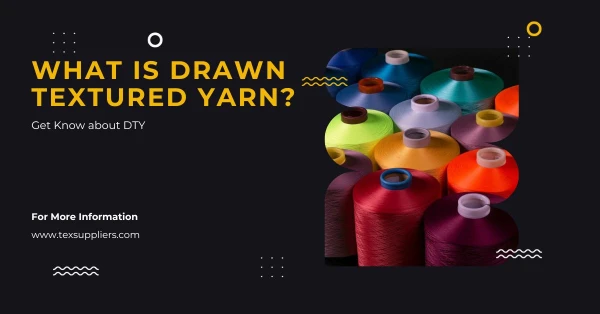
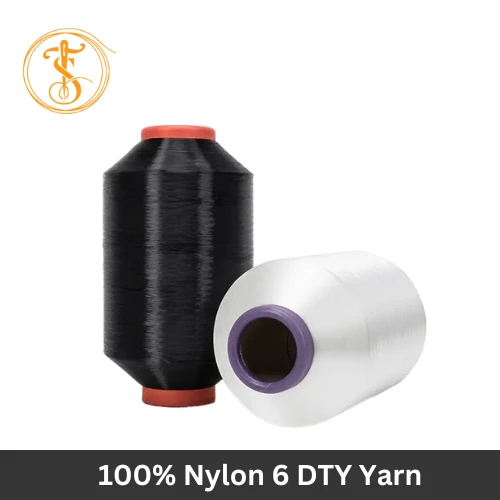
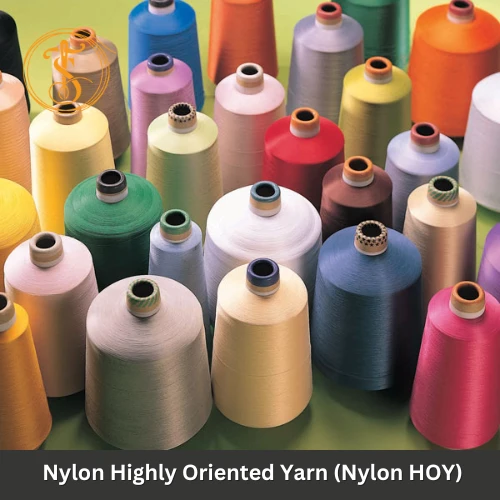
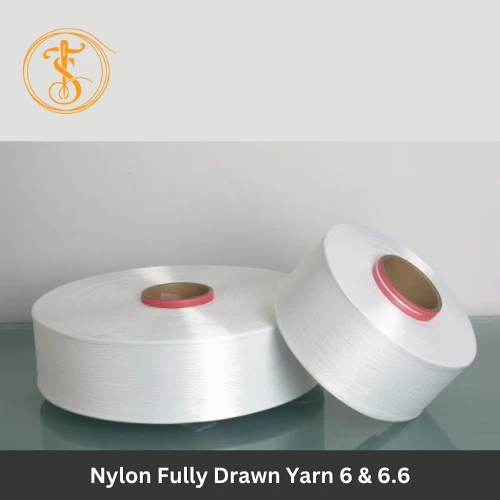
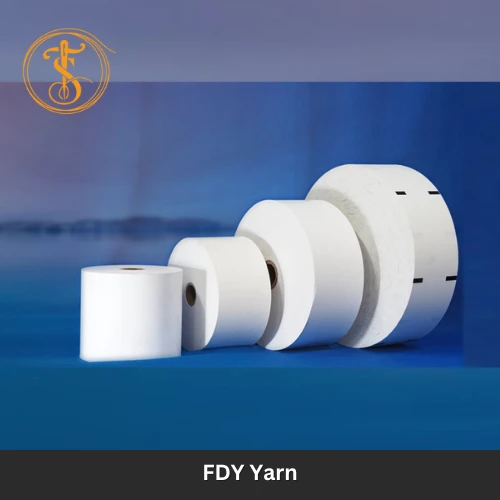
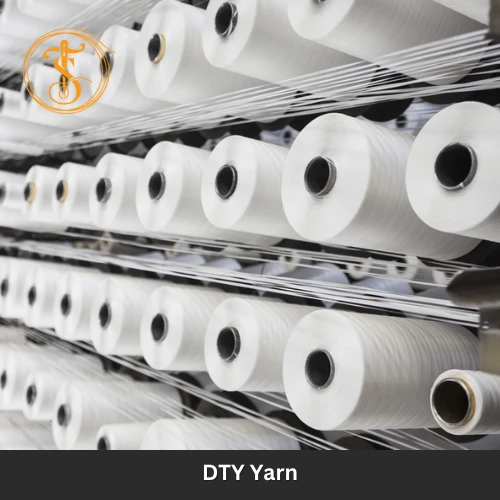
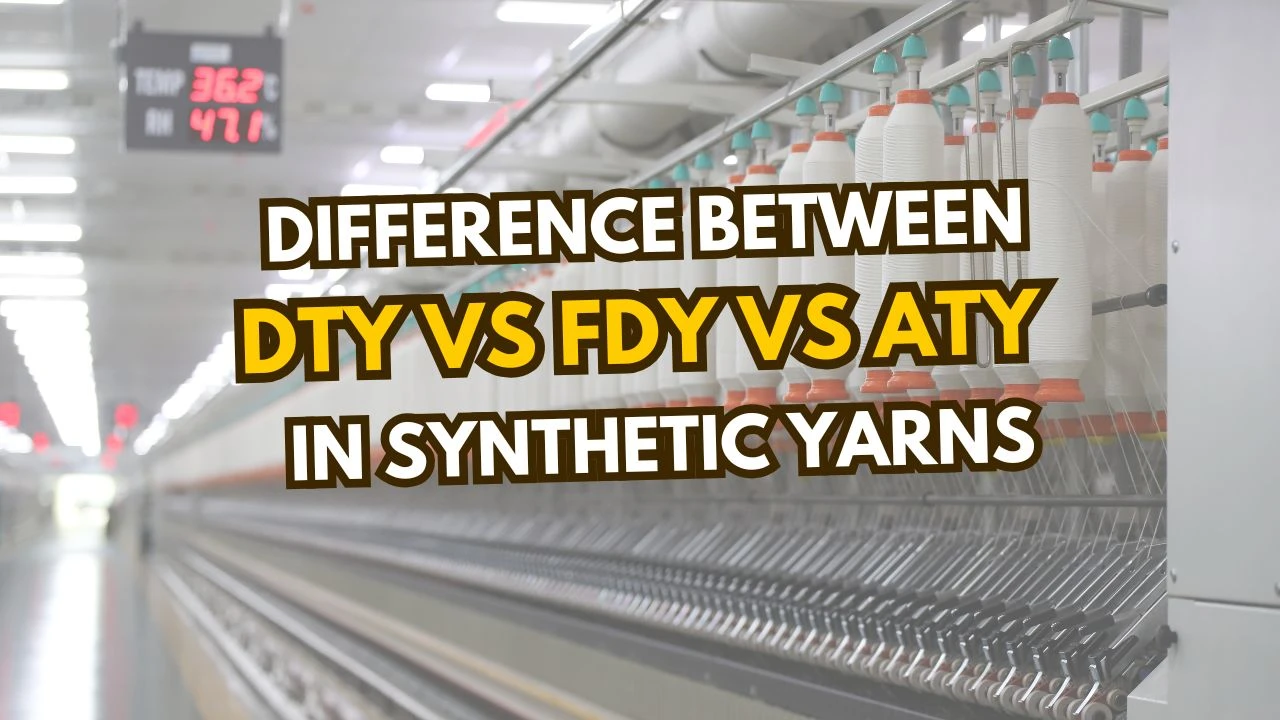
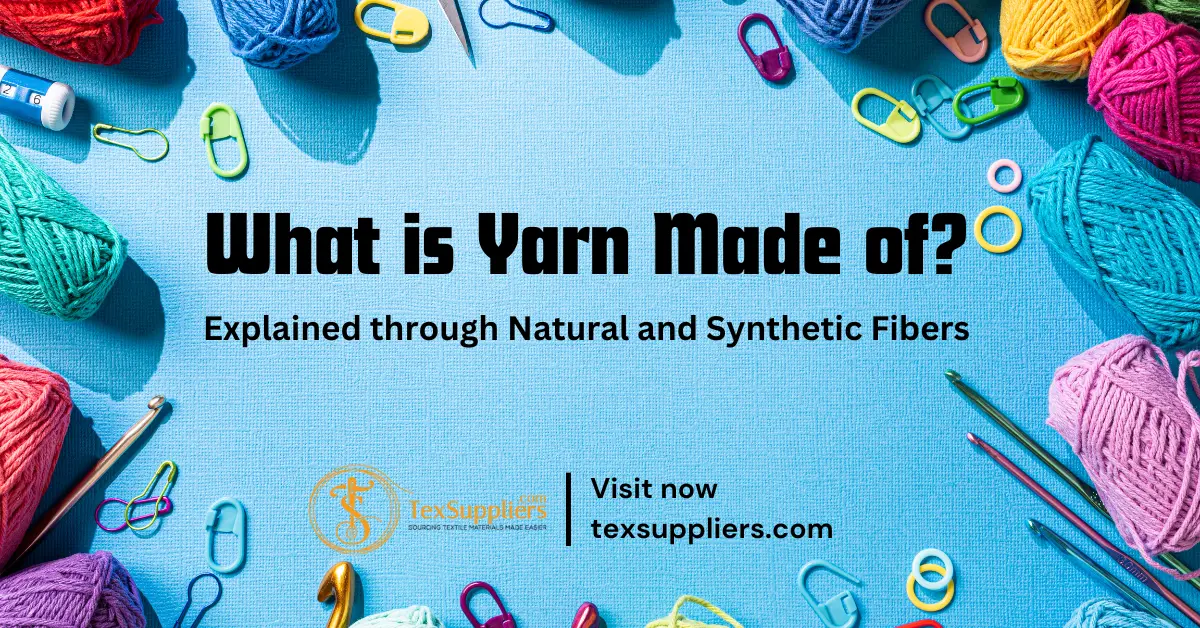
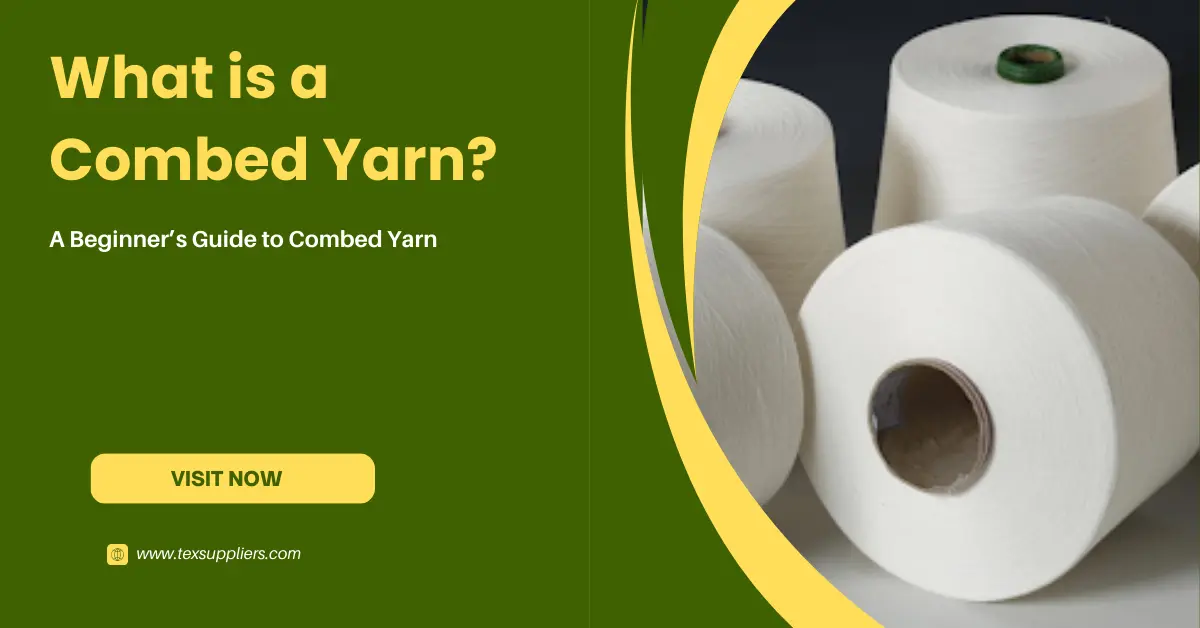
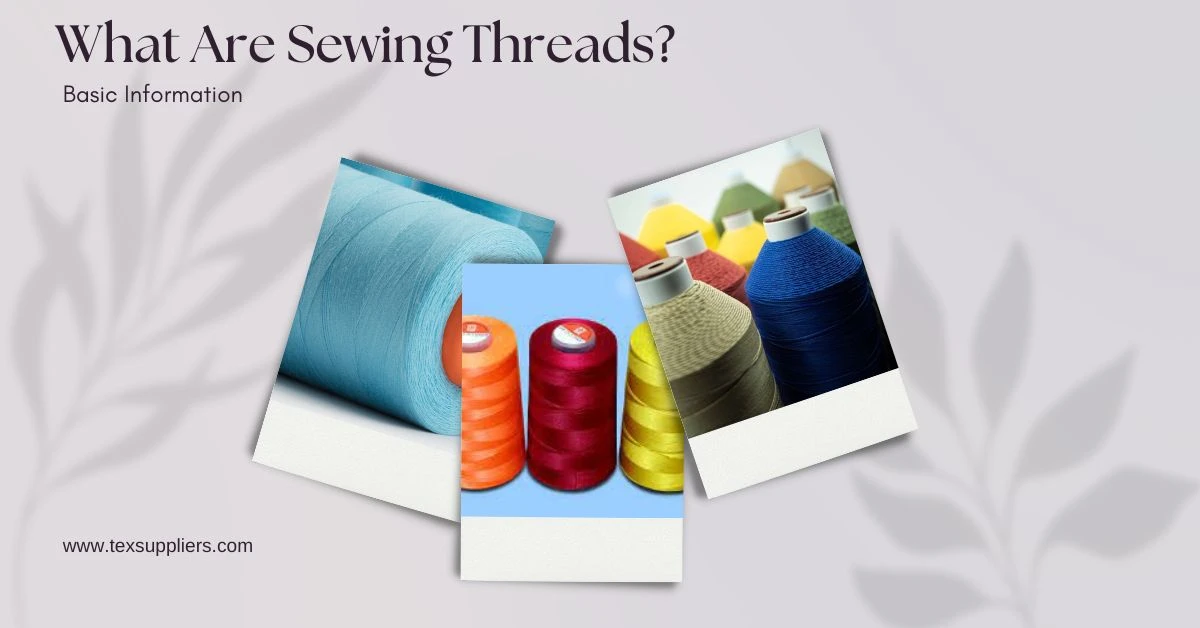
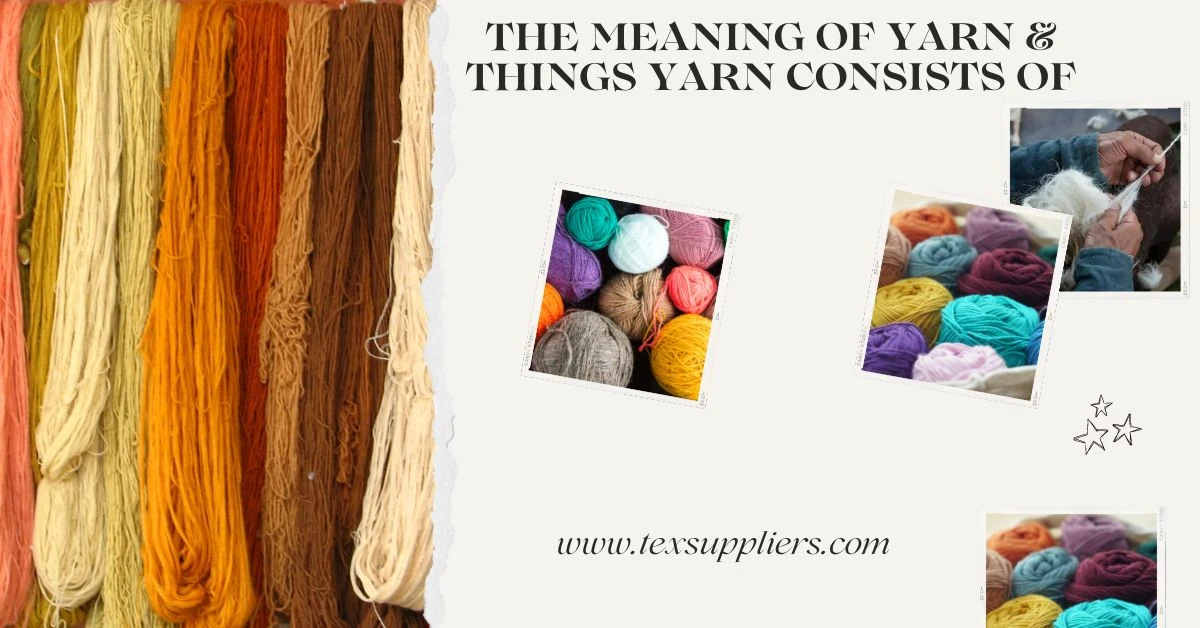
Comments - 00
Leave A Reply
Thanks for choosing to leave a comment.